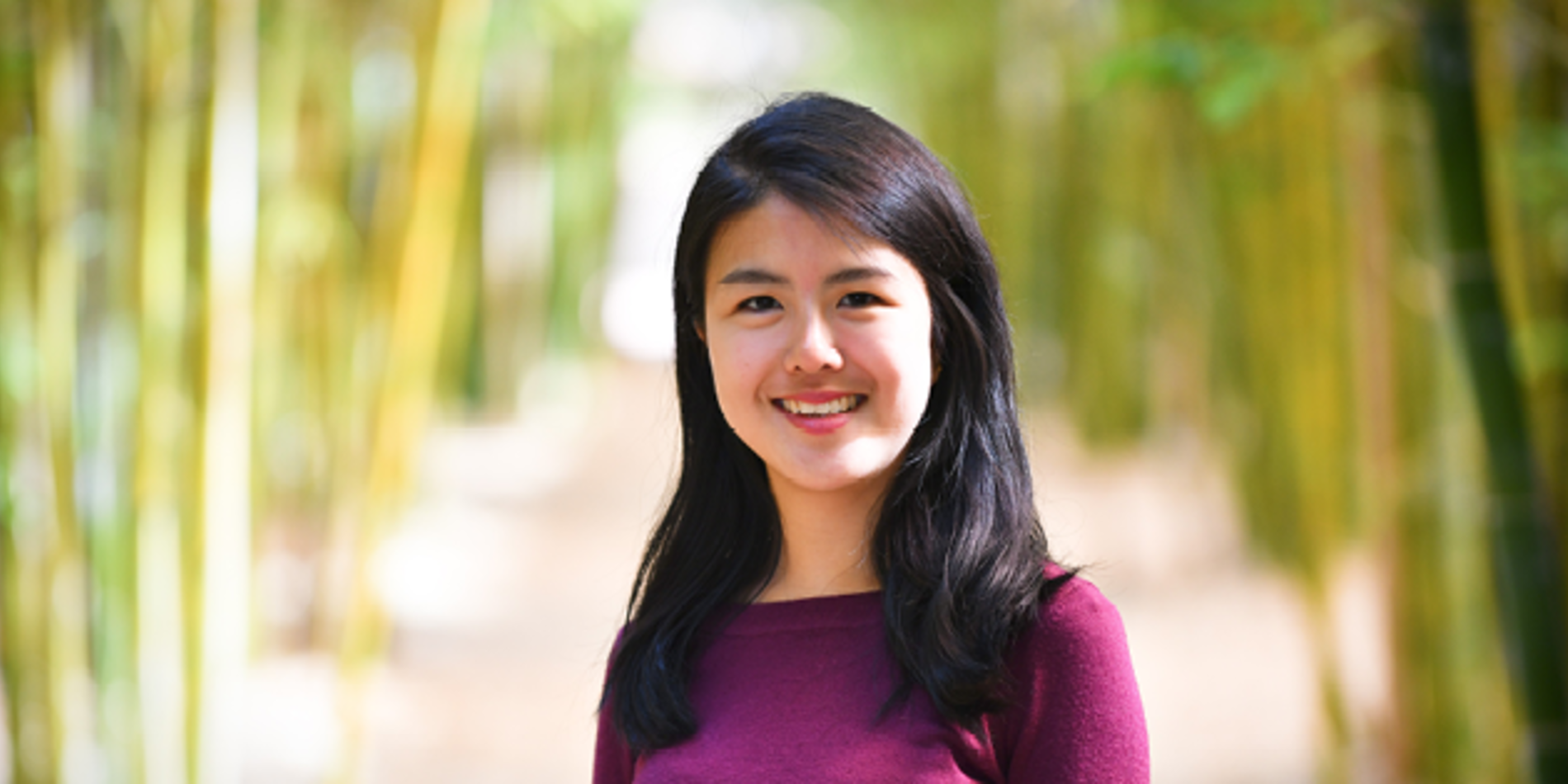
Christopher Shih
Ph.D. ’68
Chemical Engineering
What have you been up to since Stanford?
I joined TRW in Redondo Beach immediately after I received my PhD from Stanford in 1968. At that time, TRW was a major aerospace and automotive parts supply company. At TRW, I initially worked on environmental and defense projects, but eventually was drawn into automotive technology. Over a period of 13 years, I managed many projects to further develop technologies for airbag inflator design and manufacturing. I retired from TRW in 2002 as the Director of Chemical and Materials Technology at the Center for Automotive Technology, and the co-holder of six patents related to airbag inflator design and manufacturing.
After my retirement from TRW, I was a consultant to a Hong Kong based tech company for 4 years. The primary objective of the company was to collaborate with Chinese universities to commercialize technologies developed by these institutions. That involved many visits to the research laboratories of leading Chinese universities, followed by evaluation of the potential for commercialization of selected technologies.
What’s your fondest memory about your time in Stanford?
One of my fondest memories was attending the fluid mechanics lectures taught by Professor Acrivos during my first two quarters at Stanford. Professor Acrivos opened my eyes when he showed that most chemical engineering correlations can be derived from first principles. The early 1960s was a heady time for chemical engineering, when the discipline evolved to become significantly more science and mathematics oriented, and I was fortunate to be able to ride that wave at Stanford.
The Chemical Engineering Department held a graduate seminar every Friday afternoon, with many notable guest speakers. I remember particularly one given by Professor James Wei, on the use of mathematical models to analyze temperature profiles within catalyst particles. I found that simply inspiring.
I also recall a lecture on turbulence given by Professor G.K. Batchelor of the University of Cambridge. We were using his book Homogeneous Turbulence in our third-quarter fluid mechanics course. It was a large and thrilling gathering because many of the graduate students and faculty members from Chemical Engineering, Mechanical Engineering and Aeronautics and Astronautics were in attendance.
I learned to enjoy football while at Stanford. On Saturdays when football was playing at the Stanford Stadium, my fellow graduate students and I would walk to the Stadium and watch the game together. I still come up once a year with my son Stephen (BA, 1998) for a Stanford football game.
Can you share any advice to our current students and postdocs?
Do not be overly concerned about changing directions or your research area after leaving Stanford. Stanford has prepared us well to be successful in many fields we may choose to pursue, even outside tech. A prime example is Professor Emeritus Channing Robertson, who switched to biotechnology, a field completely foreign to him when he joined the Stanford faculty, after focusing on fluid mechanics in his graduate school years.



